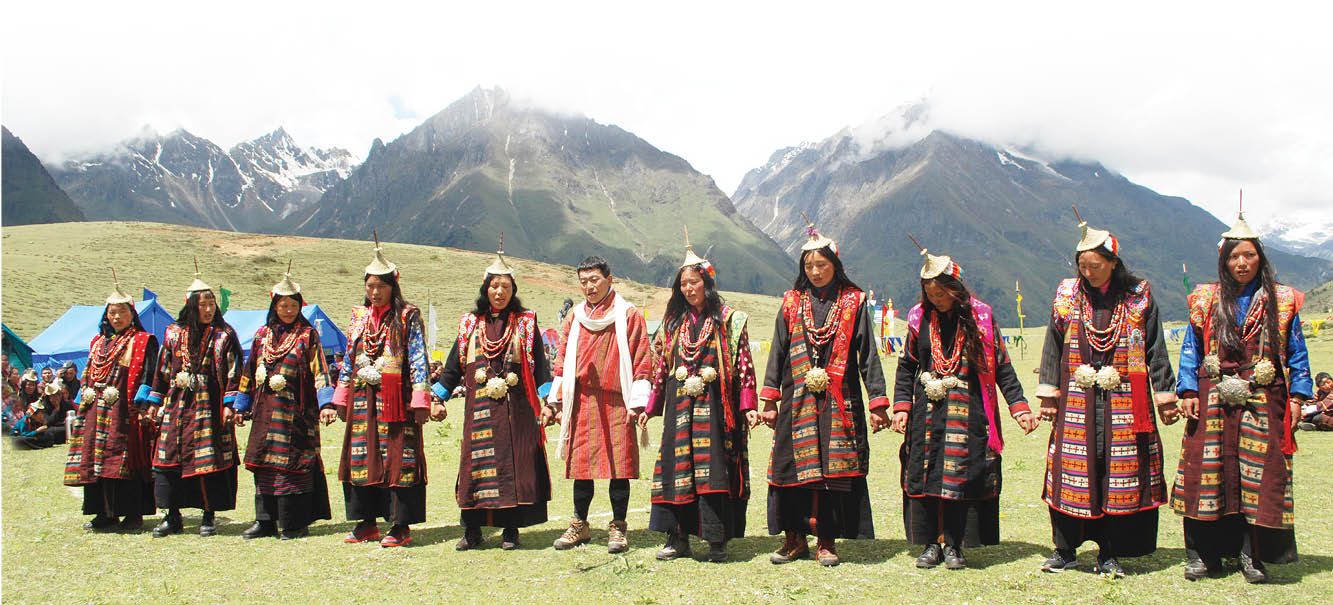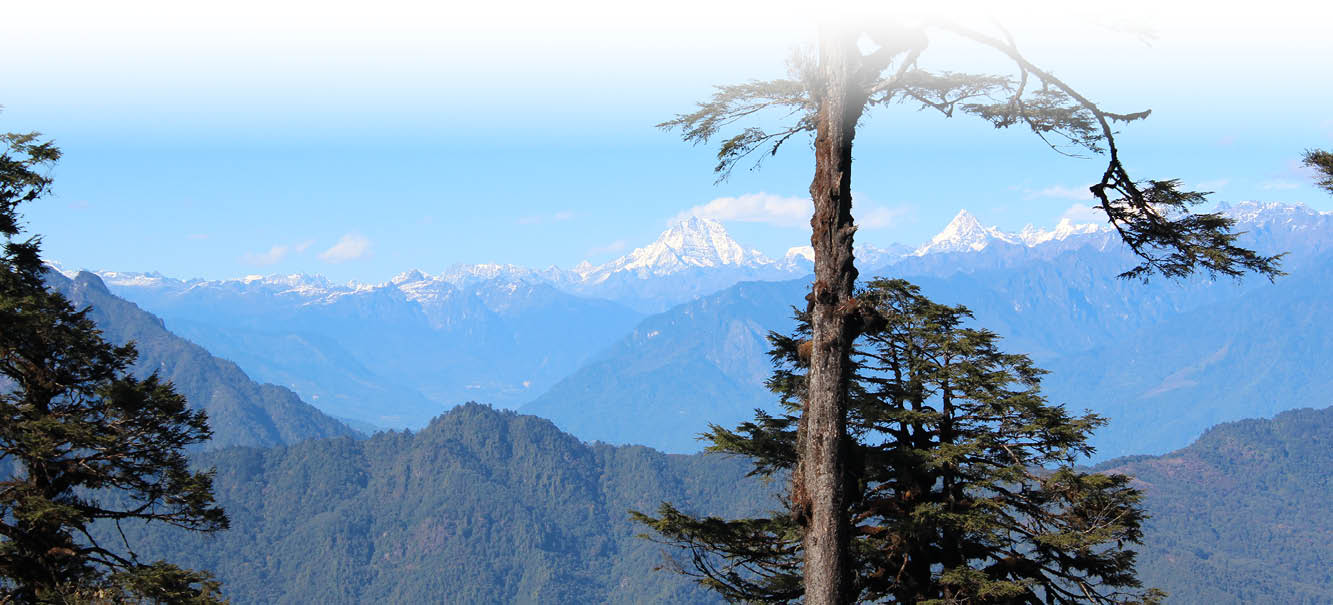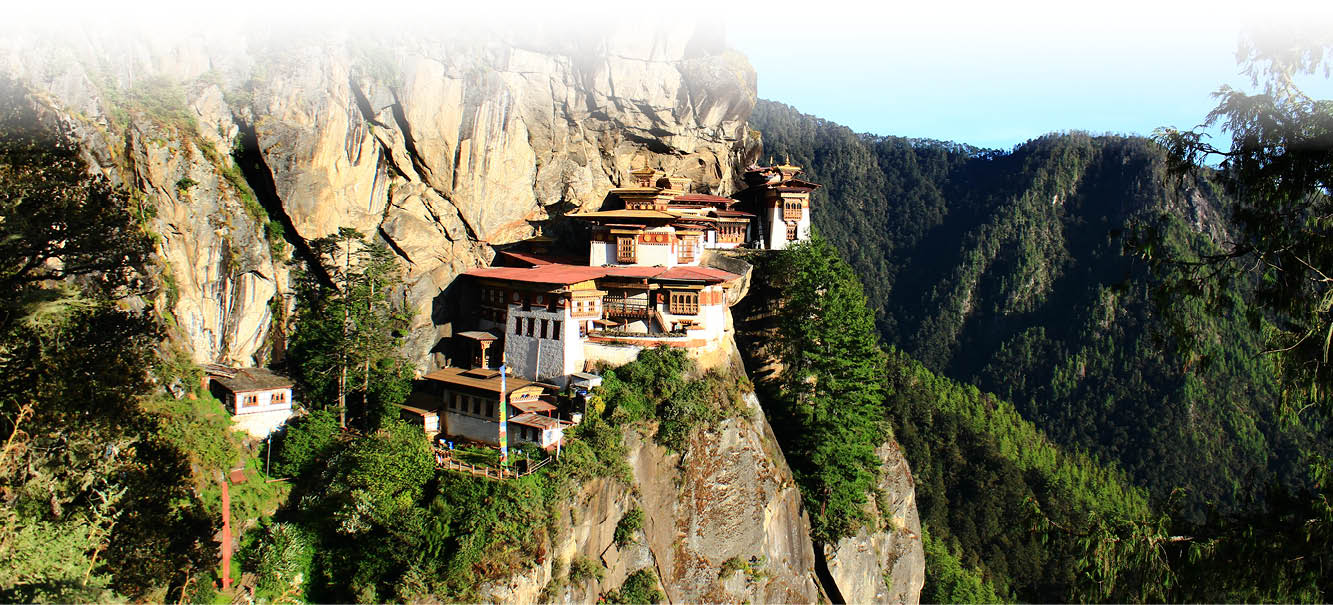


ABOUT BHUTAN
A Brief History of Bhutan
Only when the spiritual leader Zhabdrung Ngawang Namgyel arrived in 1616 did the nation come together and the foundations for the people’s identity and government were established.
The first hereditary King of Bhutan, Gongser Ugyen Wangchuck, was overwhelmingly crowned by the people of Bhutan in 1907, marking the beginning of the Wangchuck Dynasty. He was replaced as the second King by King Jigme Wangchuck. The third king was Jigme Dorji Wangchuck, whose 17-year-old son was considered too young to succeed him as king when he passed away in 1972. However, His Majesty Jigme Singye Wangchuck became the fourth King of Bhutan and the youngest king in history two years later, in 1974.
In 2006, His Majesty Jigme Khesar Namgyel Wangchuck, his son, succeeded him to the Golden Throne after 34 years of rule.
China and India are separated by BHUTAN, often known as the Land of the Thunder Dragon. It is the tiny Himalayan Kingdom, home to abundant natural riches and a distinctive way of life. With 71 percent of its territory covered in forests that are home to a wide diversity of flora and animals, Bhutan is a natural wonderland.
Bhutan is the ideal holiday destination for visitors from all over the world because of the serene streams, breathtaking scenery, and kind, helpful locals.
Bhutan’s development ideology is known as Gross National Happiness (GNH), which aims to place a higher priority on environmental preservation and ecological, cultural, and spiritual well-being than on economic activity.The majority of people—roughly 60%—live in villages and rely on agriculture for their living.
The nation has always been extremely aware of its cultural legacy, as seen by the fact that it didn’t introduce television or the internet until 1999.

Bhutan’s national symbols
National Flag | National Emblem | National Animal (Takin)
National Flower: Blue Poppy (Meconopsis Gakyidiana)
National Bird (Raven) | National Tree: Cypress (Cupressus Torolusa)
Bhutan’s people, language, and culture
Due to Bhutan’s self-imposed seclusion from the rest of the world until fifty years ago, its rich culture has survived unaltered. Bhutan’s official language is Dzongkha, which translates to “the language of the fort.” Despite its small size, Bhutan boasts a diverse and rich culture. The country’s challenging geography was successful in preserving each ethnic group distinct and lively.
Climate and Weather
Bhutan has four distinct seasons, with varying climates according to altitude. The spring season, from March through May, has beautiful weather and the blooming of the flowering trees. Summer, which lasts from June through August, is also known as the monsoon season since it rains a lot here.
